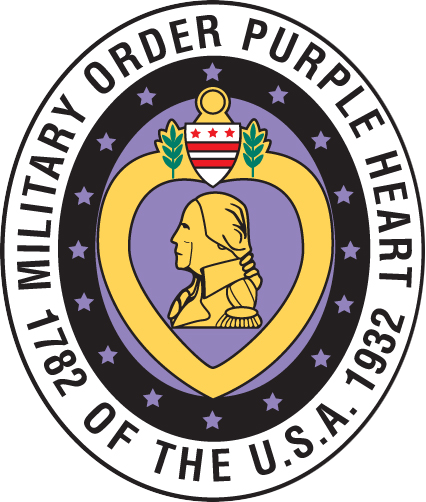In November 1972, an aircraft from the 36th Bomb Wing, home based at Dyess Air Force Base in Abilene, Texas, went down in history as the first B-52 Bomber ever lost in combat to enemy fire. Ron Sellers was one of three wounded among the 6-man crew when his plane was hit by a Surface-To-Air (SAM) missile over North Vietnam. For the first time since their dramatic pick-up by Air-Sea Rescue, the crew met again for a reunion 25 years later at Randolph AFB in San Antonio.
Ronald W. Sellers was born in 1944 in Maracaibo, Venezuela. He spent his first fourteen years in South America with his family of Texans (his father was with ESSO, now known as EXXON). He was sent home to Texas in 1958 to complete his education. Ron graduated from High School in Waco in 1960 and then graduated from Texas A&M University in 1963. Ron enlisted in the Air Force in November 1963 and spent his first years of service as a Hounddog missile computer repair analyst. In 1970, he trained to be a Defensive Fire Control Operator (tailgunner in old terminology). He was soon an assigned crewman on a B-52 Bomber of the 36th Bomb Wing at Dyess AFB, Texas.
In 1972, they were on a 180-day rotation, flying missions in Southeast Asia. On a bombing mission over North Vietnam on November 22,1972, Ron Sellers’ aircraft became the first B-52 Bomber in history to be lost to enemy fire in combat. Shortly before midnight on that very dark night the plane was hit by a tremendous explosion, believed to have been an SA-2 Guideline Missile. Ron says, The engines on the right wing were on fire and there were holes everywhere on the aircraft. The blast ruptured both my eardrums, I was totally deafened. With great difficulty, the aircraft commander was briefly able to keep the badly damaged plane flying and headed towards safety. After continuing about 100 miles and having gotten over the Mekong River and into the airspace over Thailand, the crew ejected from the flaming aircraft. Staff Sergeant Sellers ejected from his position in the tail, passing through a ball of fire, some of which whipped under his clothing and burned his back and both arms as he separated from the plane.
All six of the crew parachuted successfully, three with injuries. Air-Sea Rescue Helicopters were already in the air because they had been alerted that the stricken aircraft was inbound. As a result the rescue helicopters had picked up all six of the crew within 40 minutes after they hit the ground, and in less than two hours they were safe at Nakhon Phanom Base (NKP). Ron spent the next day, Thanksgiving Day, in the hospital. Six days after being shot down, they were back home in Texas at Dyess AFB, but; they would never fly together again as a crew. The six men all soon went their separate ways. Ron’s burn injuries healed, but his hearing never sufficiently recovered to allow him to return to flying status. He took cross training in Intelligence. He retired at Bergstrom AFB in 1988 and has lived in Austin since that time.
Ron’s six-man crew has just been reunited again, on November 22, 1997, at Randolph AFB in San Antonio. Ron says of that 25th Anniversary gathering, Only a few moments after we were together and talking, the old feeling of being a crew again quickly returned. I’m also amazed that all the others seem to have changed so little in the 25 years. The highlight of the reunion was a dinner given in their honor at the Officers Club, hosted by the Base Commander.
